The article “The ancient city of Susa in Iran is a worldwide treasure” was written/updated by Robin Whitlock on July 11, 2015 for Ancient Origins. The version printed below has been slightly edited from its original version in Ancient Origins. Kindly note that two of the images and accompanying caption does not appear in the original Ancient Origins posting.
Readers interested in these topics are encouraged to consult the following resource:
= = = = = = = = = = = = = = = = = = = = = = = = = = = = = = = = = = = = = = = = = = = = = = = =
The Biblical city of Shushan, now the modern Iranian city of Shush, has been added to the United Nations Educational, Scientific and Cultural Organization (UNESCO) World Heritage List along with six other locations, including the troglodyte settlements of Maymand and the Botanical Gardens of Singapore.
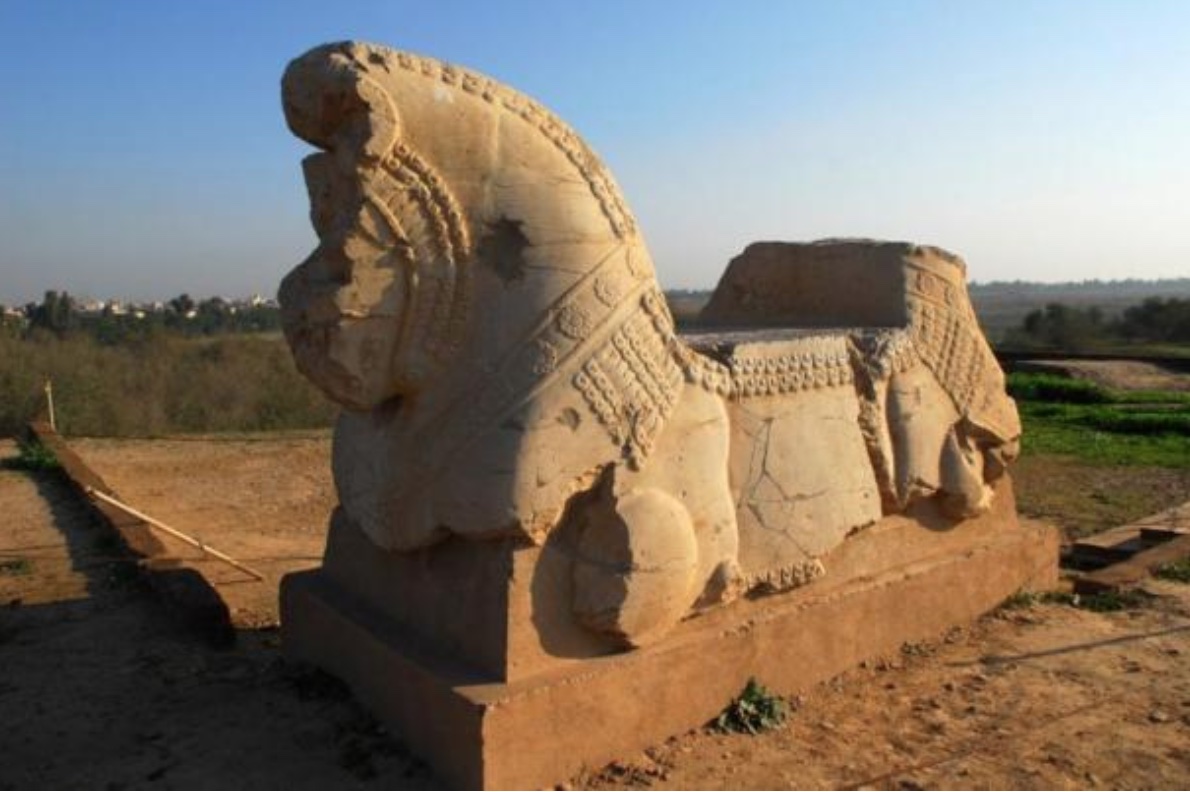
The remains of a spectacular sculpture in Susa, Iran (Source: Ancient Origins & UNESCO)
Shushan is located in the Lower Zagros Mountains, around 250 kilometres (160 miles) east of the Tigris river and between the Kharkeh and Dez rivers. The ancient city was also known as Susa, the name Shushan deriving from the Persian word Shush, the Hebrew variant of which is Shushān. The name may derive from Shushana, a variety of water lily that was said to grow in lakes and swamps nearby. The city formerly belonged to the Elamite, Pesian and Parthian empires and was known to be a centre for the worship of Inanna, the Sumerian goddess of love, fertility and warfare.
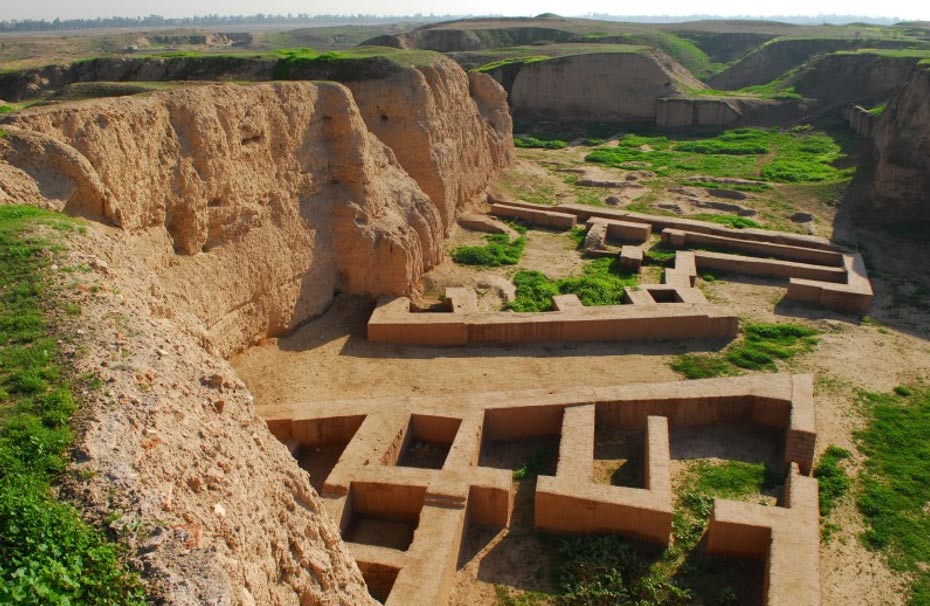
A hill-top view of the Ancient ruins in Susa, Iran (Source: Ancient Origins & UNESCO)
It was once the winter residence of Persian kings after having been captured by Cyrus the Great. A number of excavations of the city have revealed evidence of occupation going back to 4200 BC. Artifacts discovered at the site include carved cylinder seals, jewellery, clay balls and clay tablets with cuneiform inscriptions recording business transactions, political history and mathematical calculations.
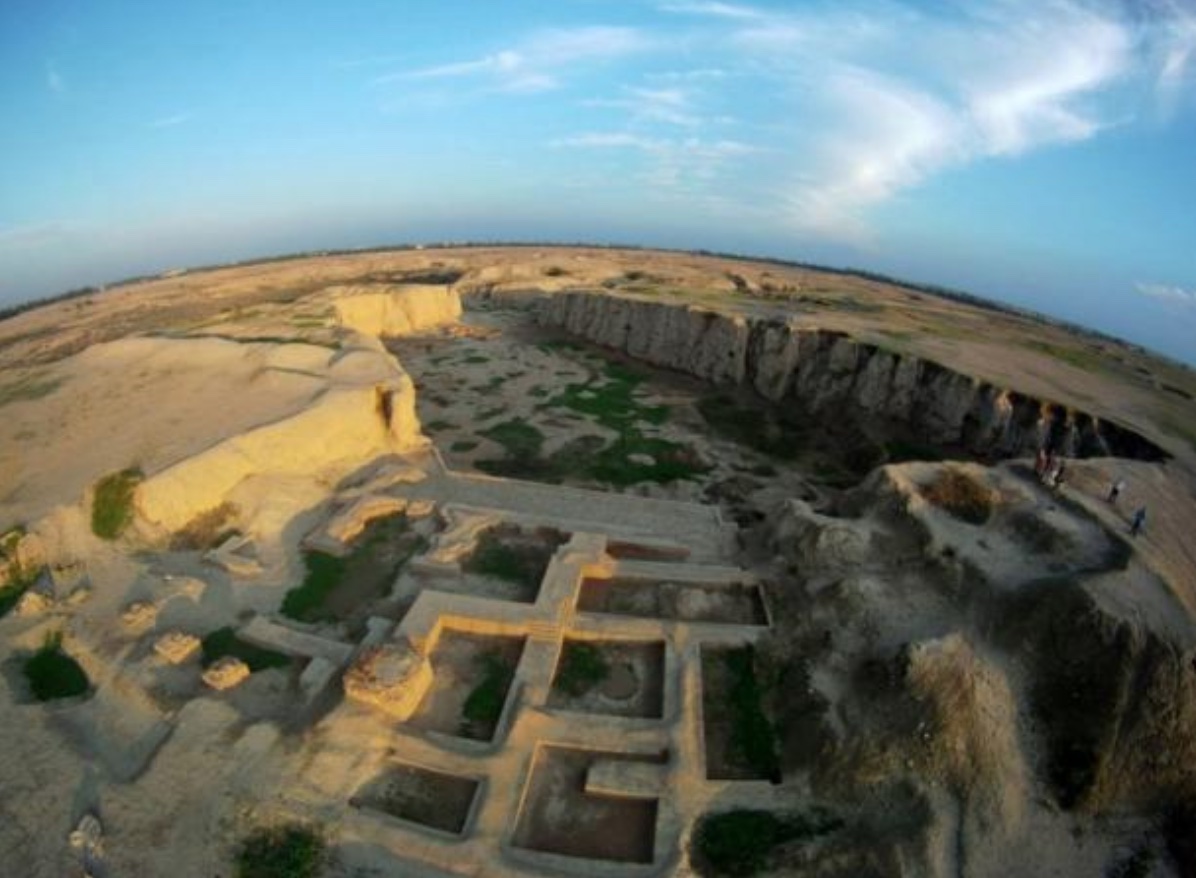
A panoramic view of the ancient ruins of Susa, Iran (Source: Ancient Origins & UNESCO).
In the Bible, the city is known primarily from the story of Esther in which Haman the Agagite planned to annihilate the Jews of Persia. According to the story, Esther outwitted him by persuading her husband, King Ahasuerus of Persia, to sabotage Haman’s plan. The episode is commemorated every year in the Jewish Purim festival which is marked with costumed parties and other celebrations.
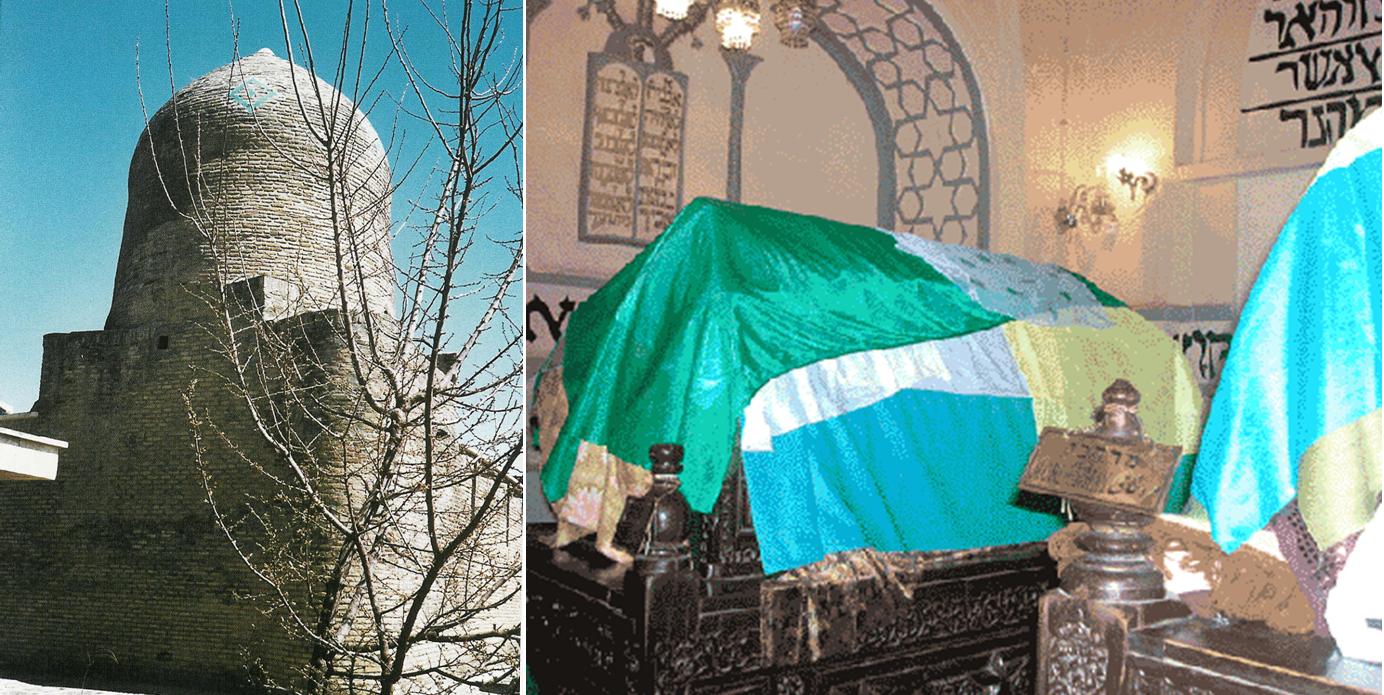
The tomb of Esther and Mordechai in Hamedan, northwest Iran. External view (left) and the interior of the tomb (right) … for more on this topic click here …
The city is also mentioned in Nehemiah and Daniel, both of whom lived in the city during the 6 th century BC in the period known as the Babylonian captivity when a number of Jews were held captive following the siege of Jerusalem by Nebuchadnezzar. A tomb known as Shush-Daniel is believed to be that of Daniel himself. It is capped by an unusual white cone which some believe was formerly a stone ‘Star of David’.
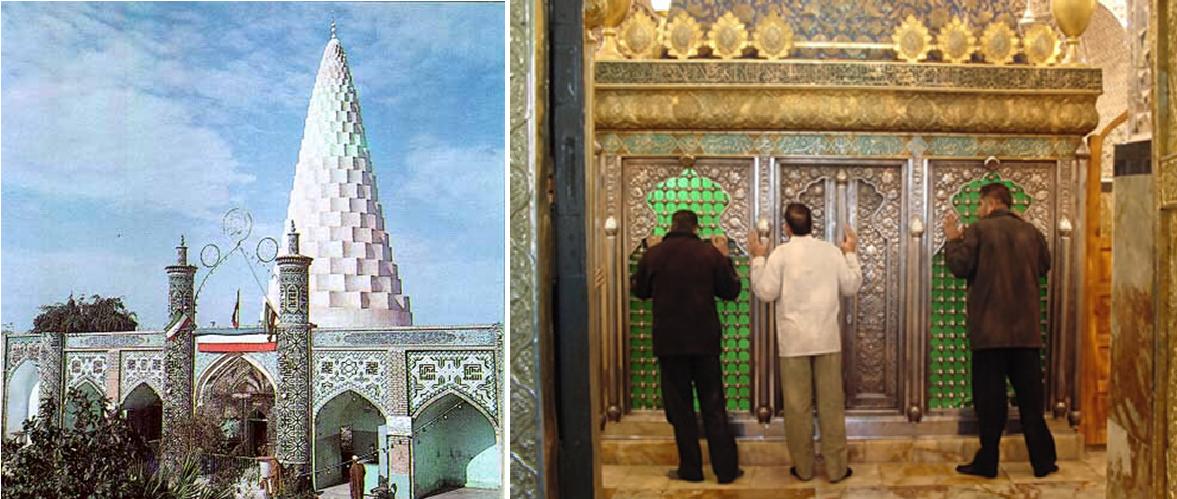
The tomb of Daniel in Khuzestan in southwest Iran. The main structure (note cone-like dome) as it stands today (left) and Iranian pilgrims paying homage within the tomb of Daniel … for more on this topic click here …
The city was also associated with Daniel’s vision of a ram and a goat in the third year of Belshazzar. According to the book of Esther, Shushan once had a magnificent palace which included a great hall formed from magnificent columns and a highly impressive frontage. According to inscriptions discovered in the ruins, the palace was built by the Persian kings Darius and Artaxerxes. Panels of coloured glazed bricks can still be seen in the ruins today and a number of sources list cedar from Lebanon, teak from Gandara and gold from Sardis and Bactria.
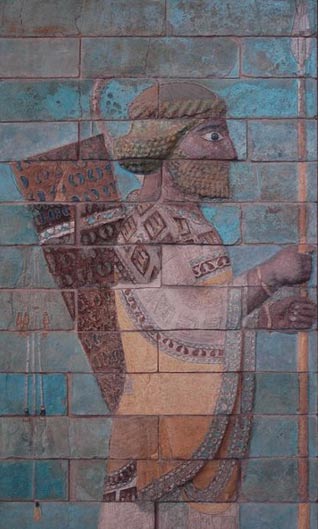
Glazed siliceous bricks at Susa, c. 510 BCE depicting an Achaemenid soldier (Source: Ancient Origins & Public Domain)
Alexander initiated Shushan’s decline by favouring Babylon and shortly after, following a revolt, the city was burnt to the ground. Subsequently rebuilt by Shapur II (309-379 CE), it was renamed Iranshahr Shapur and later helped in the resistance against the Arab invasion of 645 CE.



